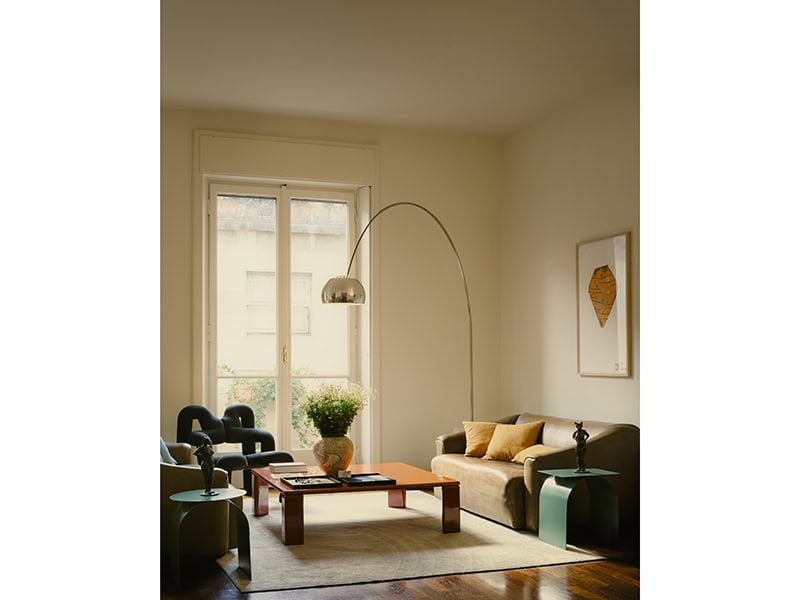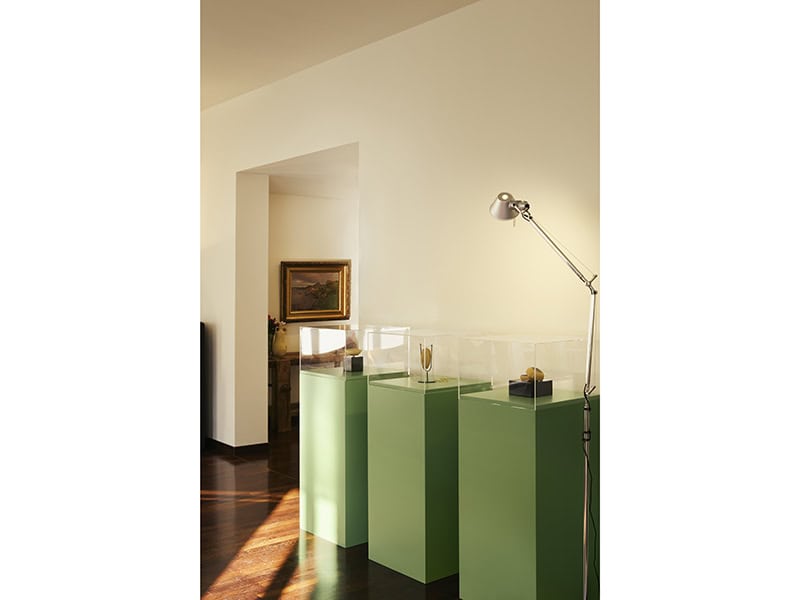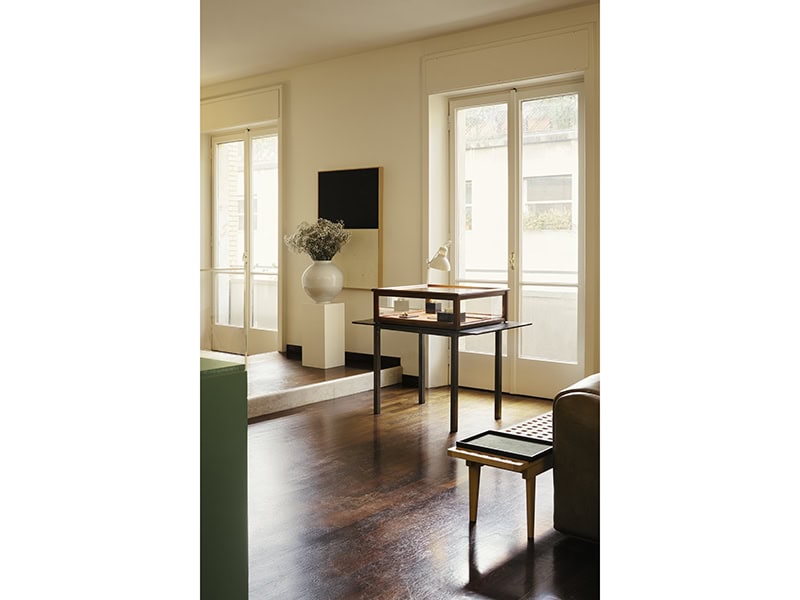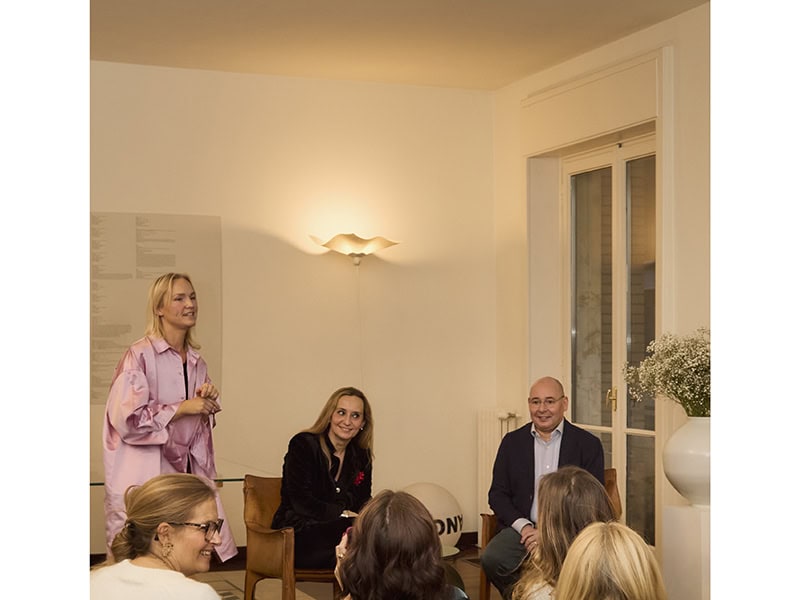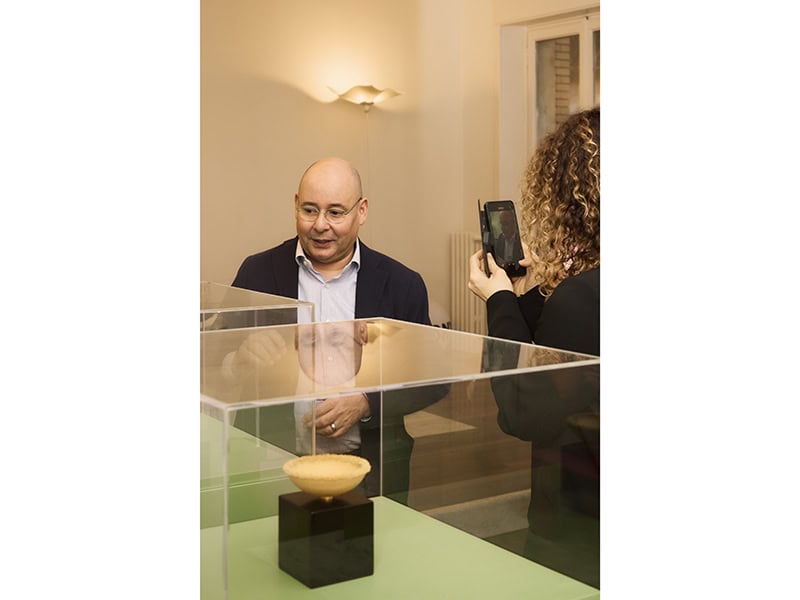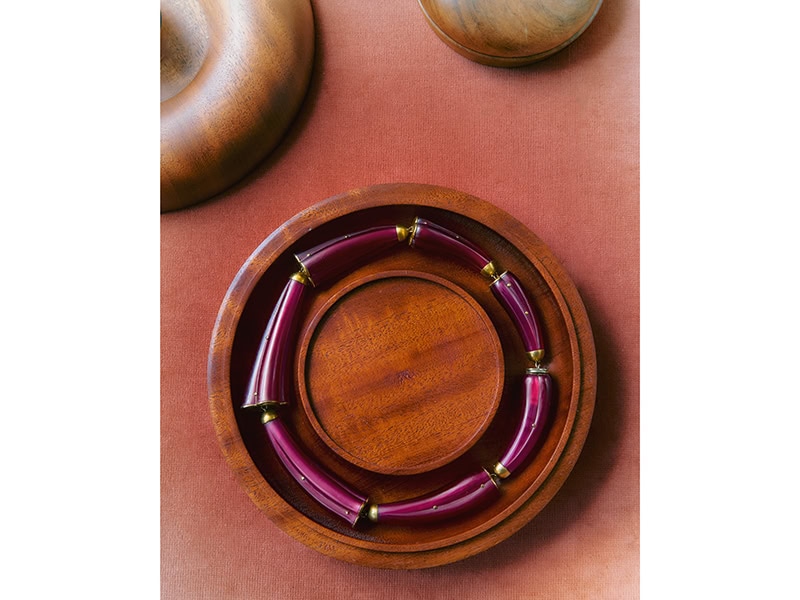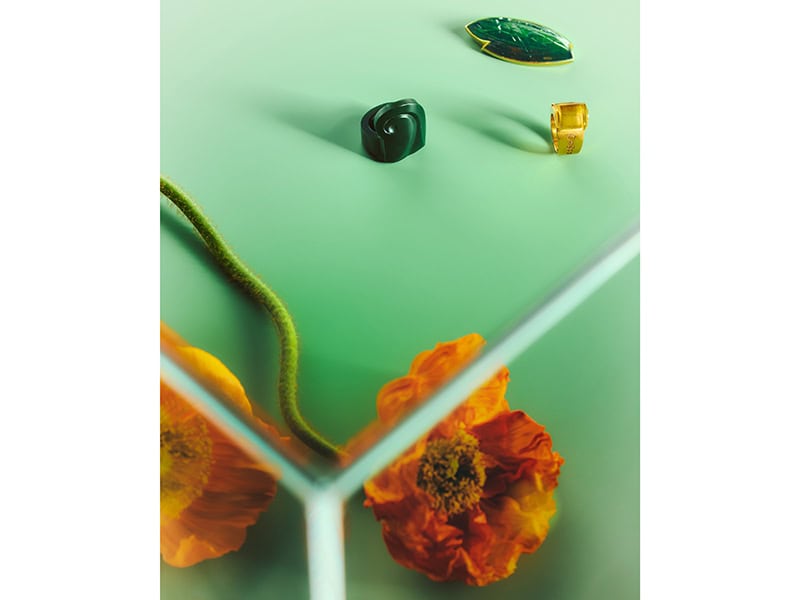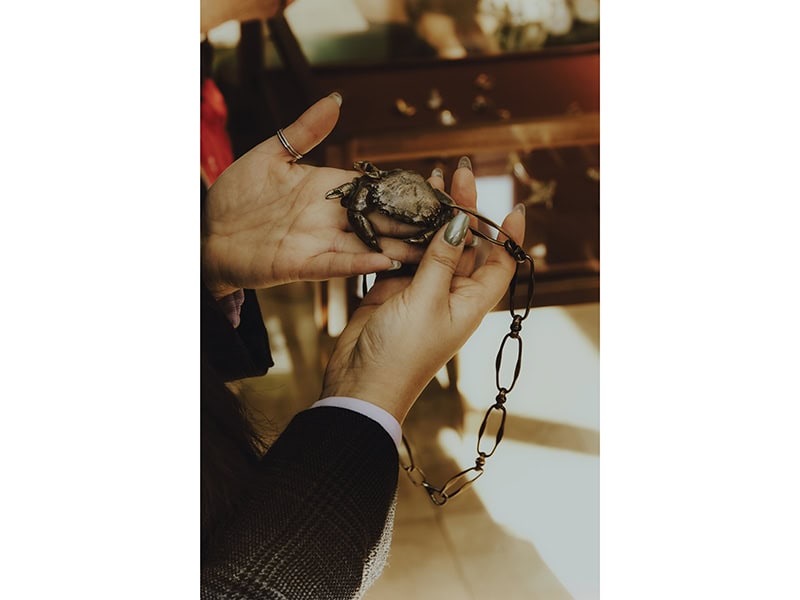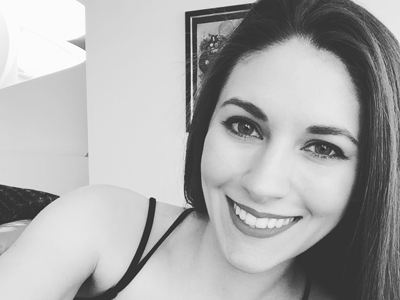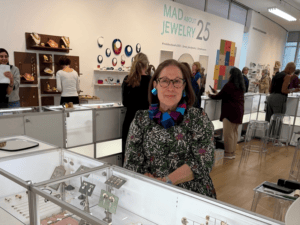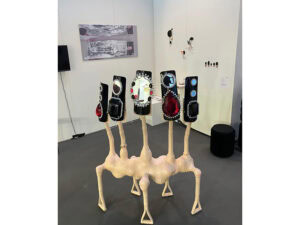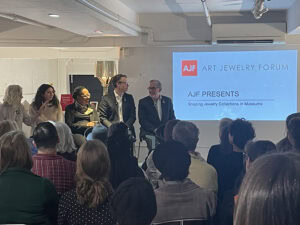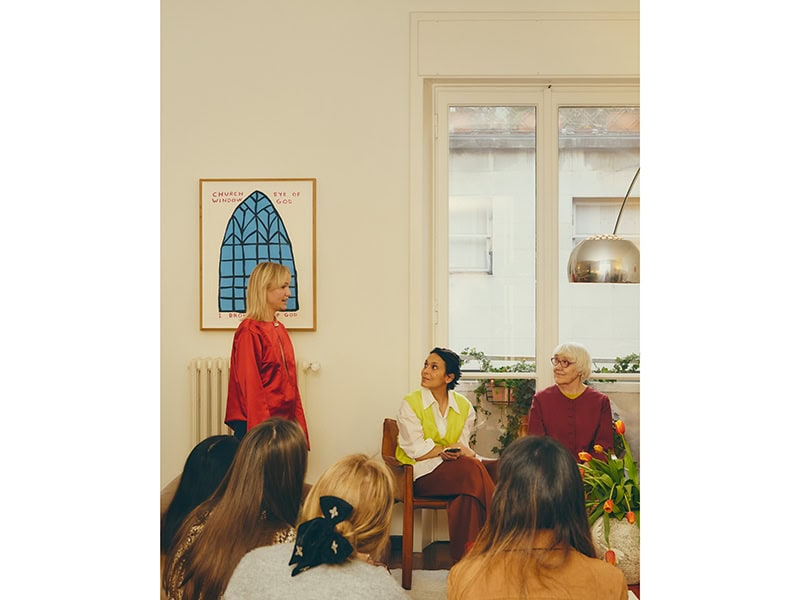
In a shift away from the conventional gallery model, Salotto SPJ is redefining how we experience contemporary jewelry. Inspired by the intimacy and intellect of historical salons, this curated space in Milan, Italy, brings together artists, collectors, and curious minds in a setting that feels less like a showroom and more like a conversation.
Salotto SPJ’s upcoming salon exhibition will feature the London-based South Korean jewelry artist Yeena Yoon. It opens on May 21, 2025. Before becoming a jeweler, Yoon trained and practiced as an architect at Zaha Hadid Architects and other well-known studios. This foundation continues to shape her artistic approach, in which form, structure, and spatial thinking remain central. Yoon’s transition into metalwork was driven by a deep engagement with material and process, and she refined her skills through training with master goldsmiths and lapidaries.
In this interview, we speak with Josefine Spjeldnæs, Salotto SPJ’s founder and owner, to uncover the story behind the project, its mission to elevate jewelry as a form of artistic expression, and how it’s fostering a new kind of cultural dialogue.
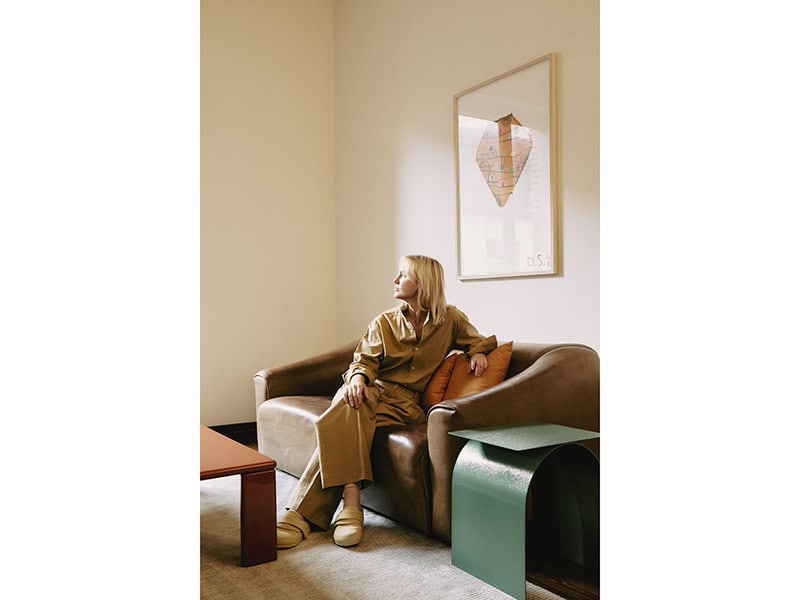
Melis Agabigum: It’s a pleasure to connect with you about this new and exciting venture. Could you share the mission behind Salotto SPJ?
Josefine Spjeldnæs: Salotto SPJ is an exhibition project dedicated to contemporary jewelry and wearable art. Its mission is to explore jewelry as a serious artistic practice in its own right through dialogue, reflection, and material investigation. Through intimate, salon-style solo shows in a private apartment, the project invites deeper engagement with each maker’s process and intent.
The project’s mission statement reads: “Salotto SPJ seeks to enquire into the purpose and meaning communicated by and through jewellery, ultimately transforming these artworks—when worn—into testimonials, becoming essential expressions of our cultural legacy and personal history.”
Since your January 2025 debut, Salotto SPJ has hosted a thoughtful series of solo exhibitions. They are shown in a private apartment. This intimate presentation style feels highly reminiscent of traditional art salons. What inspired this curatorial approach?
Josefine Spjeldnæs: That reference is intentional. I’ve always been drawn to the idea of the salon, not just as a format but as a space for shared attention and cultural exchange. The notion of a democratic salon especially resonates: a setting where dialogue, reflection, and aesthetic experience become part of a collective process of meaning-making. Each exhibition is a focused encounter: quiet, precise, and resistant to distraction—and open to all who are interested.
In speaking with gallerists and jewelers, I’m always intrigued by what draws each person to this field. What initially led you to jewelry and curatorial work?
Josefine Spjeldnæs: I have a background in art history and contemporary art museums and galleries, so curatorial thinking has long been part of how I engage with objects and ideas. My relationship to materials began much earlier. As a child, I spent a lot of time with my grandfather, who was a geologist. He took me on many field trips to mines, where I’d collect stones and metal fragments. I was always holding them, studying them. I remember being fascinated by their weight and story. That tactile connection stayed with me. Jewelry became a way to bring those worlds together: material, memory, and meaning, all on an intimate scale.
Your career has spanned several disciplines before the launch of Salotto SPJ. Can you share some key experiences that shaped your path? Was there a defining moment when you knew it was time to open your own gallery?
Josefine Spjeldnæs: I’ve worked across various fields, from contemporary art to fine jewelry and gemstones. I have always been drawn to the edges where disciplines blur. Opening Salotto SPJ wasn’t a strategic decision—it felt necessary to create a space with the main focus of starting new open conversations about the role and potential of jewelry as an independent art form.
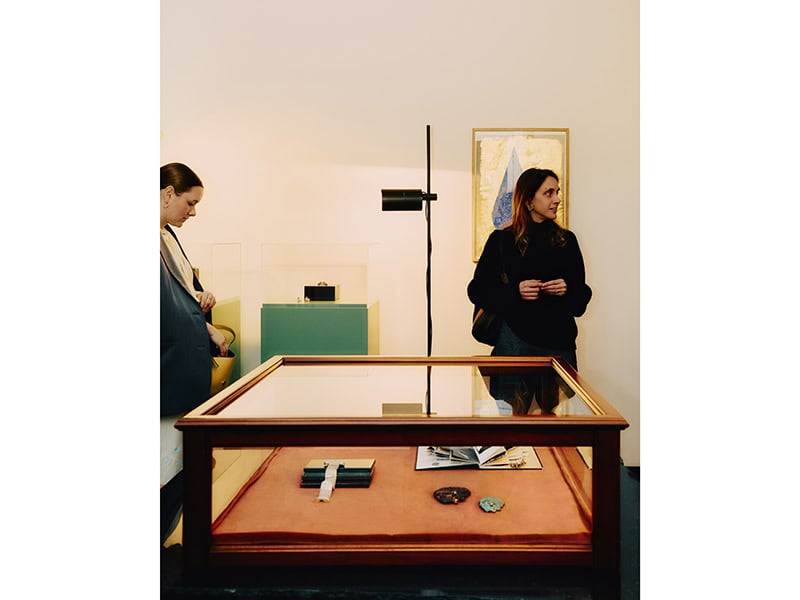
Speaking of blurring disciplines, I’d love to hear more about the architectural design of Salotto SPJ. How did the vision for the space come together?
Josefine Spjeldnæs: Salotto SPJ is, first and foremost, my home. When there is an exhibition, I gently rearrange the space to make room for a few custom display cases that were designed specifically for the project, but otherwise everything remains as it is. It’s important to me that the setting not feel like a white cube or a showroom. This is a salon, and I invite people in not only to experience the work but to encounter each other in a space that feels open, safe, and emotionally attuned. The domestic context becomes part of the atmosphere.
That’s something else I’ve been curious about. Your ability to create atmosphere in even a single social media post has been highly alluring. I’ve really enjoyed exploring your Instagram! It has such an intimate, elegant, and slightly enigmatic tone. How do you see social media contributing to the identity and business model of a contemporary gallery?
Josefine Spjeldnæs: Thank you so much, that means a lot! I think of Instagram less as a platform and more like a small window. I try to keep the tone poetic rather than promotional. The goal isn’t to explain the work or sell it, but to create a certain atmosphere and to invite people in.
Your Yenna Yoon exhibition opens May 21, 2025. She’s a former architect at Zaha Hadid turned jeweler. What aspects of her work resonated with the gallery? In what ways does her approach to contemporary jewelry align with—or push against—your curatorial perspective?
Josefine Spjeldnæs: Yeena Yoon’s work feels deeply aligned with the values of the project. Her pieces are methodical, materially driven, and conceptually restrained in a way I find powerful. You can feel her architectural training not just in the forms but in how she constructs transformation, modularity, and hidden structures. Her practice quietly pushes against expectations. She also studied under both Giovanni Corvaja and Charlotte De Syllas, two masters whose influence is profound and whose participation in the Salotto SPJ project gives this presentation a beautiful feeling of continuity.
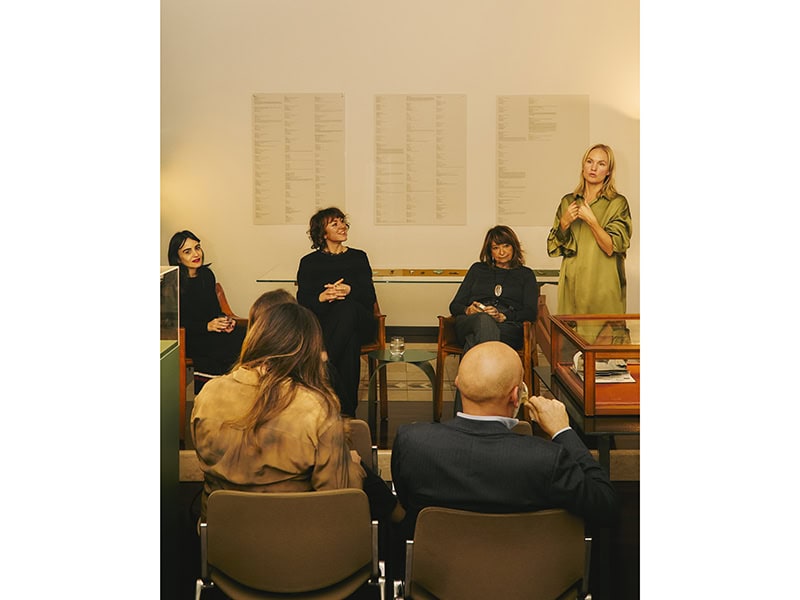
What has been the most rewarding or surprising part of this journey for you so far?
Josefine Spjeldnæs: The most rewarding thing has been the sensitive and curious attention people bring into the space. When someone pauses, asks a question, or comes back for a second visit. I’ve also been surprised by how many artists and visitors have longed for a context like this. It reinforces the idea that intimacy and depth aren’t limiting. On the contrary, they are necessary.
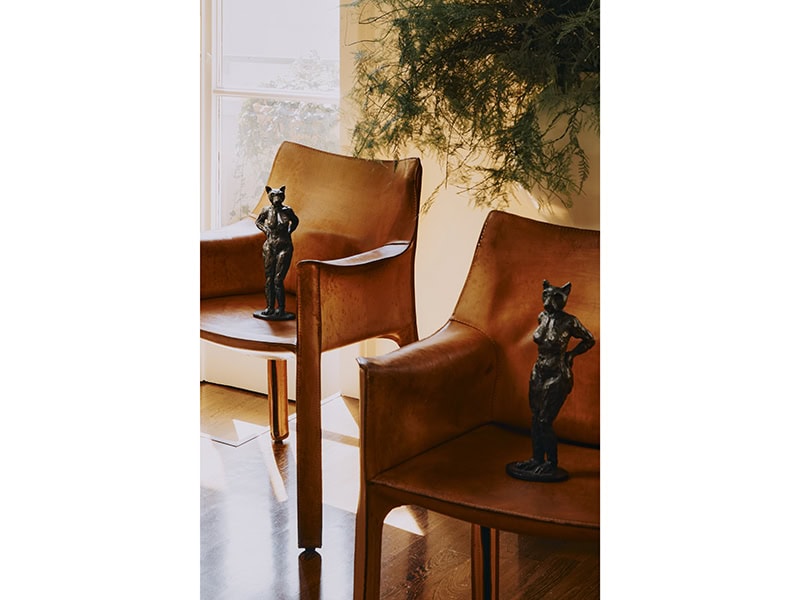
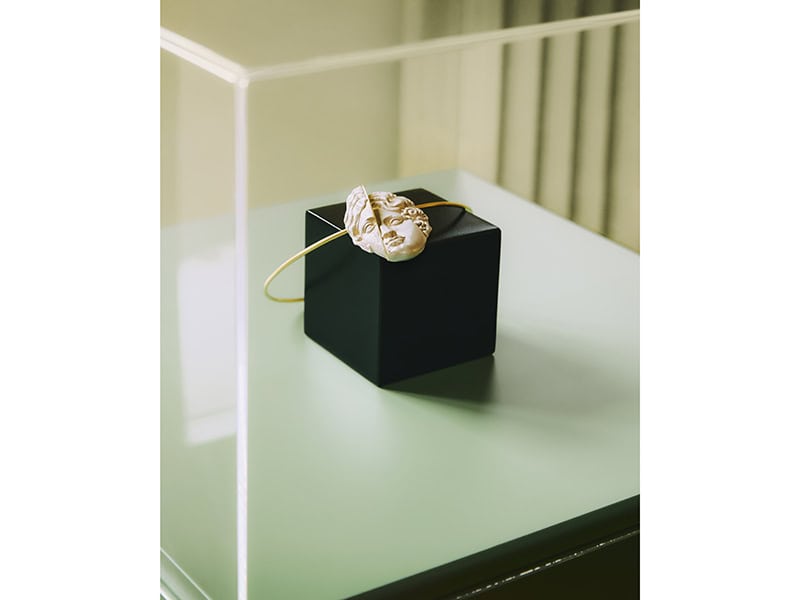
Looking ahead, what are your hopes for the future of Salotto SPJ? How do you envision your role in shaping the conversation around contemporary jewelry?
Josefine Spjeldnæs: I hope Salotto SPJ can contribute to a more reflective and layered conversation around jewelry and artistic making that doesn’t separate craft from concept or beauty from thought. I’d love to expand the program into publishing, invite guest curators, and create moments of dialogue across disciplines. My role isn’t to explain the work, but to create a setting where material speaks and the complexity and importance of jewelry as an art form is allowed to unfold.
We welcome your comments on our publishing, and will publish letters that engage with our articles in a thoughtful and polite manner. Please submit letters to the editor electronically; do so here. The page on which we publish Letters to the Editor is here.
© 2025 Art Jewelry Forum. All rights reserved. Content may not be reproduced in whole or in part without permission. For reprint permission, contact info (at) artjewelryforum (dot) org
